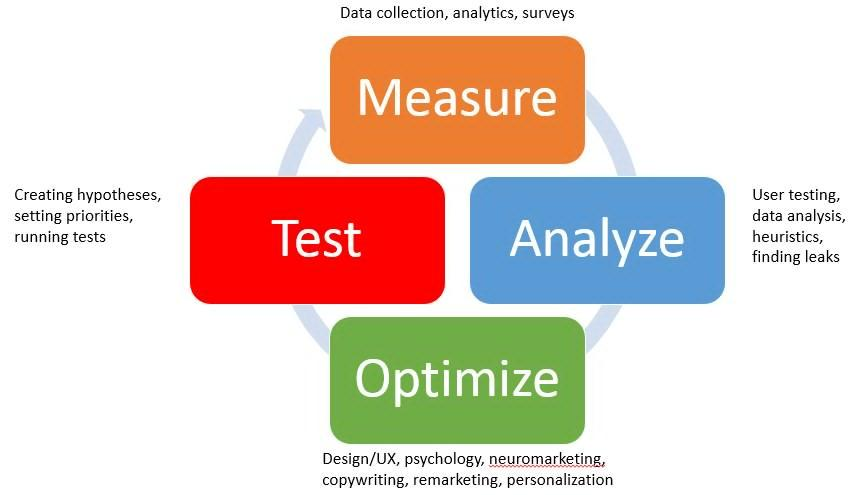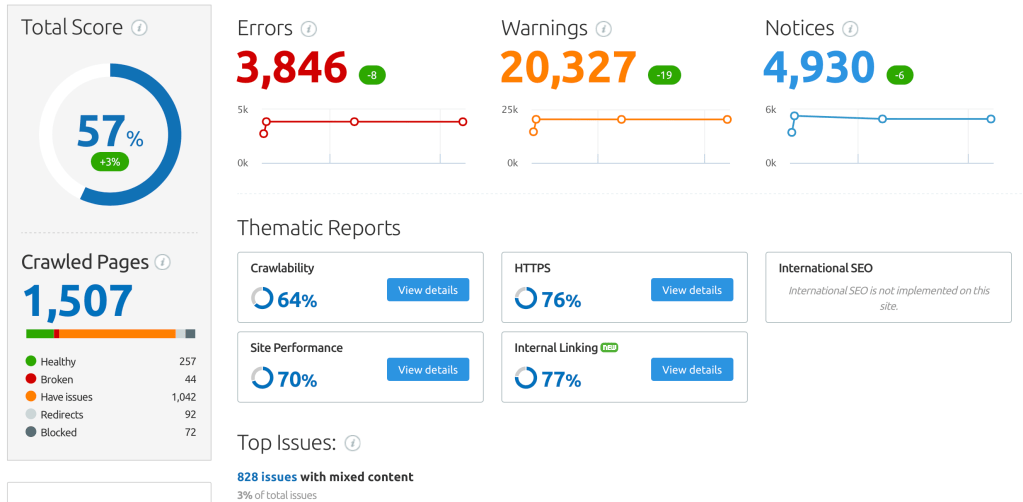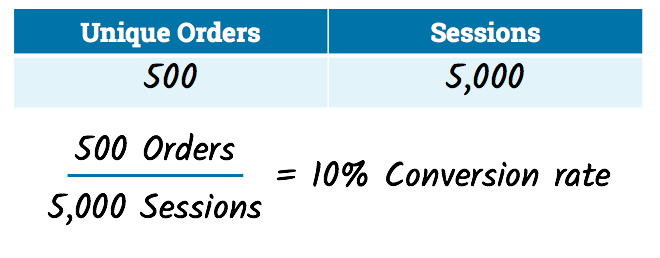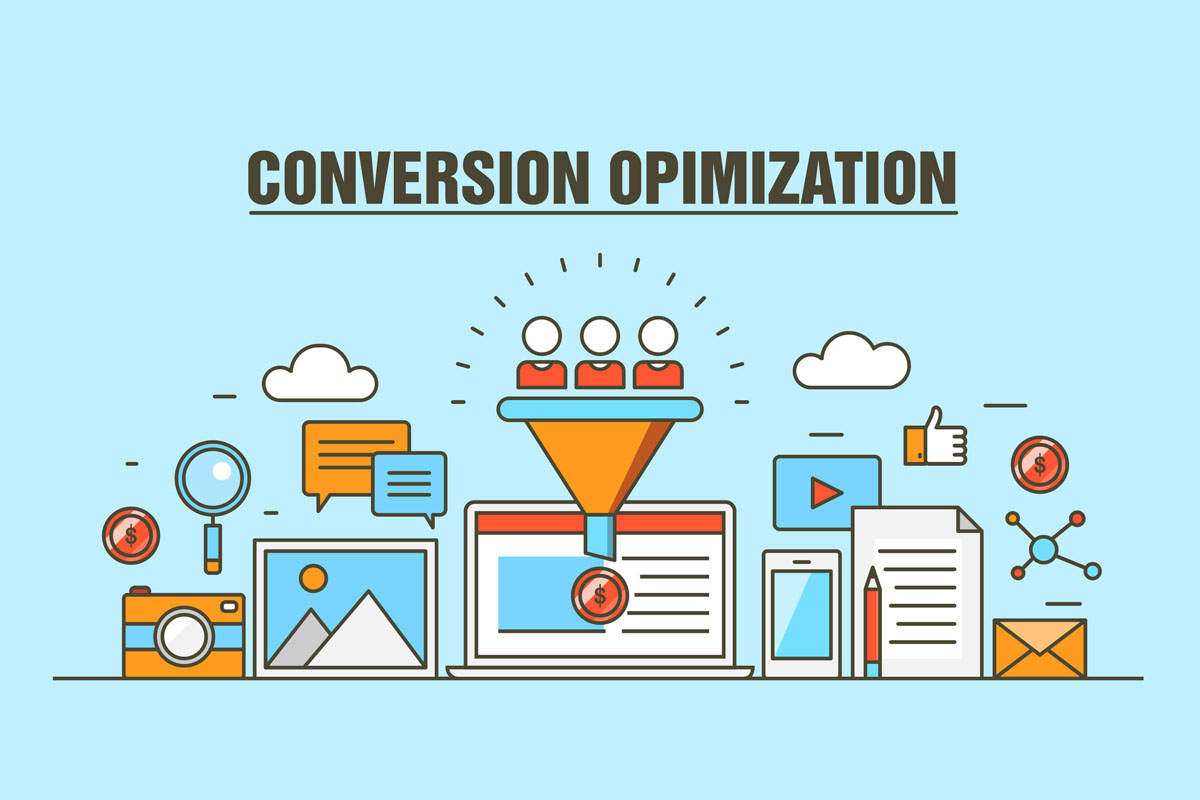Some may think that the end goal of every digital marketing campaign is acquiring web traffic.
Won’t your website do all of the work in converting all of the qualified leads your ads are generating?
Of course not!
Websites are highly-technical portals on the internet.
Tweaking every aspect of your site until it’s fine-tuned and ready to convert is paramount to the success of your business.
After all, once your website is receiving a steady flow of traffic, you need to keep potential customers happy and engaged.
What better way of accomplishing this goal than by partaking in conversion optimization?
Conversion optimization may seem like a complicated topic, but it really isn’t.
Below, you will learn all about conversion optimization and how you can create a strategy to give your website a boost.
What is Conversion Optimization?
Conversion optimization is the process of configuring your website to achieve key performance indicators (KPIs) set by your organization.
Generally speaking, conversion optimization happens when you transform your website into a lucrative money-making opportunity that achieves all of your goals.
Not every website is created perfectly.
In fact, when your website is complete, there is a lot of work to truly capture qualified leads and keep them there.
This is the reason why the average conversion rate is 2.35%.
A great conversion rate exceeds 5%...
Yikes…
If you think your business can survive without a conversion optimization strategy, then you should think again.
Why is Conversion Optimization Important?
If we’re being honest, conversion optimization takes a lot of time and effort.
It requires you to conduct continual experiments for your website.

And, the process never ends.
Marketers constantly try to improve their websites to capture and convert more qualified leads.
However, many other business leaders can become indifferent to this process.
They will become complacent with the progress their website is making.
Then a revelation comes when they realize that their website isn’t producing an ideal ROI.
This happens time and time again, and you shouldn’t fall into this trap.
With that said, here are the main reasons why you should adopt a conversion optimization strategy.
- A firm strategy will position your website to surpass your competitors.
- A conversion optimization strategy will also help you to save money on customer acquisition costs.
- You can employ a conversion optimization strategy to achieve a high ROI on your marketing spend.
Are you convinced that setting up a conversion optimization strategy may be best for you?
If so, we’re going to show you how a normal strategy works.
How Does Conversion Optimization Work?
There are a lot of steps that entail a great conversion optimization strategy.
The first step is conducting a website audit to diagnose critical errors.
A website audit is a comprehensive test that gauges the performance of your website.
A complete audit report looks something like this:

As you can see, that website needs a lot of work!
Anyway, once your website audit is complete, your SEO team can go through your website and repair all of the errors.
This is the most basic step of conversion optimization, mainly because a broken website isn’t going to convert.
It will usually be too slow and technically poor.
After you invest the time necessary to repair your site, now comes determining your conversion rate.
Here is a helpful chart to help you assess the conversion rate of your website.

Okay, so let’s say that your website is generating 5,000 pageviews every month, but you only receive 50 orders in the same month.
If you divide 50/5000, you’re going to get the quotient of 0.01.
That’s a 1% conversion rate.
Unless your business is selling very high-end products, or if you’re involved in some type of pyramid scene, your business is going to fail.
Therefore, do the math and see where your conversion rate is.
Remember, 5% is where you want to be at the very least.
If you want to achieve at least 20,000 pageviews and convert 2,000 new customers every month, then your conversion rate will need to be 10%.
Now, this is where the optimization part comes in.
Once your audit is done, you should have repaired most of the critical errors on your website.
However, you’ll need to experiment with existing factors on your website to improve your conversion rate.
To help you get started, we’ve added a checklist of things you can experiment with for both traditional and E-commerce websites.
Traditional Website Checklist:
Web Copy - This is one of the most important aspects of any website. Conduct split tests to see which combinations of copy and SEO techniques work best for you.
Blog - Your blog should serve as a conversion factory for your business. Ensure that you’re writing on topics your audience wants to read and using an effective content marketing strategy.
Technical - Eliminate friction by making sign up forms easier to fill out. Also, make your website faster and navigation menus convenient to access.
Design - Try out new, minimalist designs to see what your target audience is vibing to.
E-commerce Website Checklist:
Product Pages - Everything about your product pages needs to be tested rigorously, from the web copy to the images you use.
Blog - Take the necessary steps to make sure that your blog is capturing qualified leads and converting them efficiently.
Technical - Improve website speed, reduce friction, and make product pages easier to find with a search bar or navigation menu.
Email - Reduce friction in your email sign up form and segment your list for better results.
Design - Employ a beautiful design to complement your online store.
Experimentation is a continual process.
That’s what makes conversion optimization so fun!
If you’re doing the right things, you can watch as your conversion rate soars through the roof.
Create the Perfect Website Today!
Do you want to hire a highly-experienced web agency to build the perfect website for your brand?
To speak to a member of our dedicated sales team, give us a call today at 1-888-678-8662 or click here to schedule a free consultation.




 View Printer Friendly Version
View Printer Friendly Version





